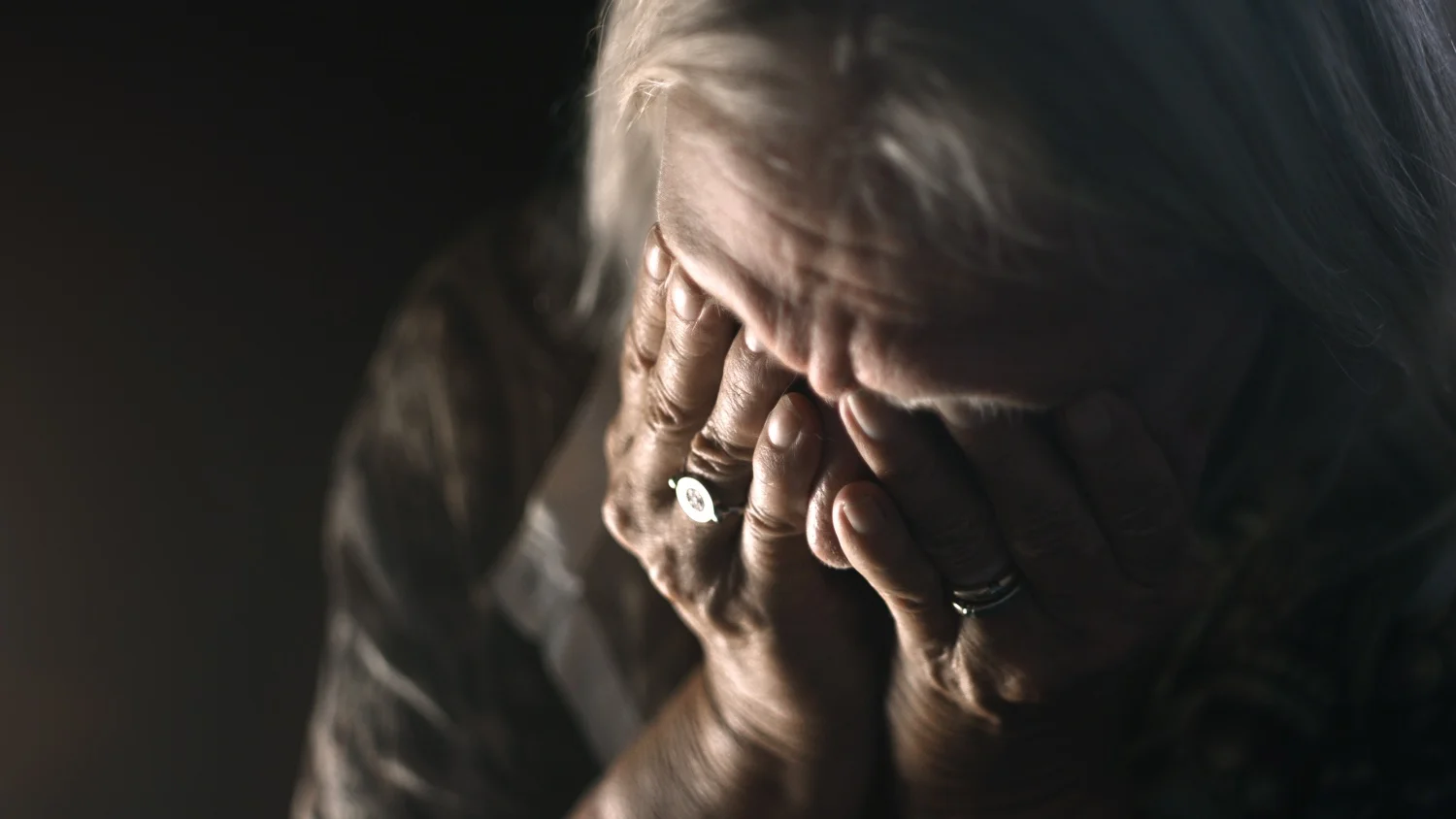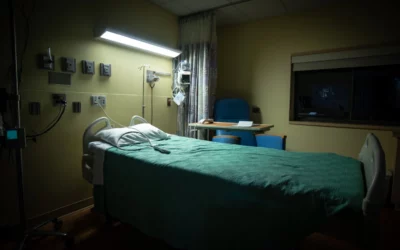Nursing home residents often face mobility challenges, making them more susceptible to falls. Fall prevention is a crucial aspect of ensuring the safety and well-being of elderly individuals in care facilities. In this blog post, we’ll explore effective strategies to prevent falls in nursing homes and the shared responsibilities of both the facility and caregivers in creating a safe environment.
The aging process brings about changes in physical health, making the elderly more susceptible to falls. Factors such as diminished muscle strength, balance issues, and the side effects of medications contribute to an increased risk of falls among nursing home residents. Recognizing the prevalence of falls in these settings is crucial for implementing targeted prevention strategies.
facility responsibilities
- Comprehensive Risk Assessments: Nursing homes must conduct thorough risk assessments for each resident, taking into account individual health conditions, medications, and mobility limitations. This initial step sets the foundation for personalized fall prevention plans.
- Staff Training and Education: Ongoing training for nursing home staff is essential. This includes education on recognizing fall risks, proper transfer techniques, and understanding the unique needs of residents. Informed and trained staff contribute significantly to the overall safety of residents.
- Environment Modifications: Physical modifications within the facility are key to preventing falls. Handrails, non-slip flooring, and adequate lighting are essential elements of a safe environment. Regular assessments should be conducted to ensure these modifications remain effective.
- Regular Monitoring: Regular monitoring of residents, especially those identified as high-risk for falls, is imperative. Staff should provide necessary supervision and assistance, intervening promptly when signs of potential falls are observed.
- Fall Prevention Programs: Nursing homes should establish and implement specialized fall prevention programs. These programs can include targeted exercises, awareness campaigns, and ongoing evaluations to adapt strategies based on the evolving needs of residents.
Caregiver Responsibilities
- Individualized Care Plans: Caregivers play a vital role in collaborating with nursing home staff to develop individualized care plans for residents. These plans should consider the resident’s specific health conditions, medications, and any previous incidents of falls.
- Communication and Reporting: Effective communication between caregivers and nursing home staff is crucial. Caregivers should promptly report any observed changes in a resident’s condition, potential fall risks, or concerns about the environment to ensure timely intervention.
- Assistance with Mobility: Caregivers should actively assist residents with mobility, transfers, and activities of daily living. Understanding the unique needs of each resident and providing personalized care contributes to fall prevention.
- Engagement in Resident Education: Educating residents and their families on fall prevention measures empowers them to actively participate in their safety. This includes understanding potential risks, adhering to recommended precautions, and collaborating with staff to create a secure living environment.
strategies to Prevent falls
- Exercise and Physical Therapy: Tailored exercise programs and physical therapy can significantly improve residents’ strength, balance, and coordination. These interventions contribute to enhanced mobility and a reduced risk of falls.
- Medication Management: Regular reviews of medications are crucial to identify and address drugs that may contribute to dizziness or impaired balance. Collaboration between nursing home staff and healthcare professionals ensures appropriate medication management.
- Vision and Hearing Assessments: Regular assessments of vision and hearing help identify sensory impairments that could increase the risk of falls. Addressing these issues proactively contributes to overall resident safety.
- Assistive Devices: Proper use of assistive devices, such as walkers or canes, is essential. Regular assessments should ensure that these devices are in good condition and meet the specific needs of each resident.
- Fall Alarms: Implementing fall alarms and monitoring systems provides an additional layer of safety. These technologies can alert staff to potential falls, enabling quick response and intervention.
Continue to Prevent falls
Regular Review of Fall Incidents:
Conducting thorough reviews of any fall incidents is crucial for continuous improvement. Identifying root causes and implementing improvements based on these reviews enhances the overall effectiveness of fall prevention strategies.
In conclusion, fall prevention in nursing homes requires a collective effort from facilities, caregivers, and residents. Understanding these preventive measures and advocating for the rights of residents contribute to ensuring a safer and more supportive living environment for elderly individuals in nursing homes. Together, we can strive for a future where every resident can age with dignity, free from the unnecessary risk of falls. Shane Gosdis wants to fight for you. To schedule a consultation about your injury call (385) 429-9960 today.




